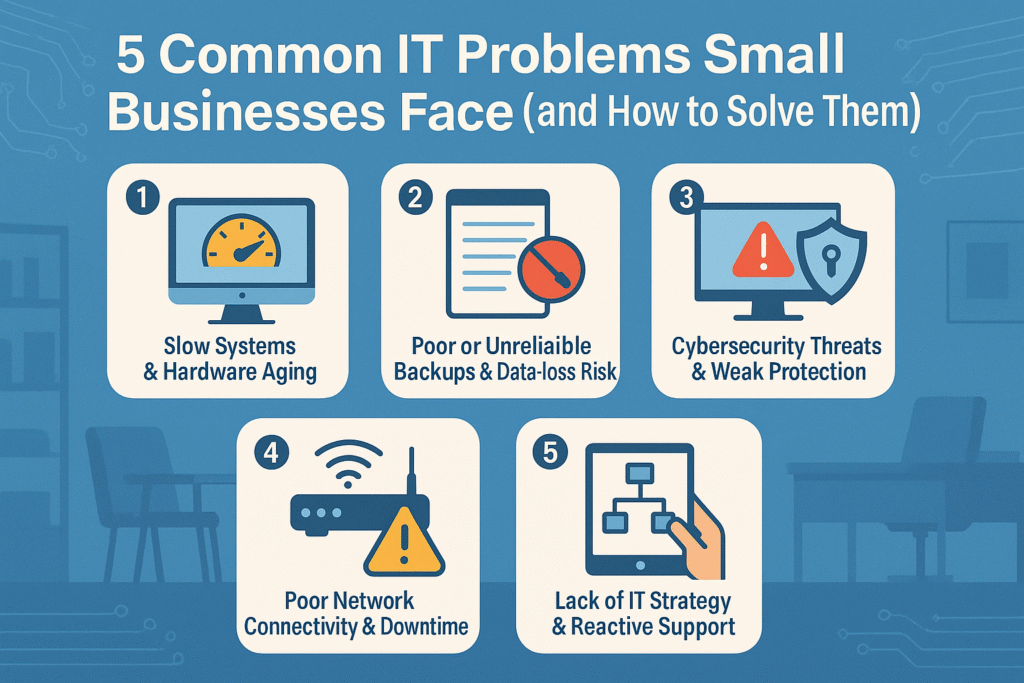You’ve built a beautiful website, published great content, and waited for the visitors to roll in — but nothing happens. Your site isn’t ranking on Google, and it feels like you’re shouting into the void. Don’t worry — you’re not alone.
Search engine optimization (SEO) is both an art and a science, and understanding why your site isn’t showing up is the first step toward fixing it.
Let’s break down the most common reasons your website isn’t ranking — and exactly what you can do about each one.
1. Your Website Isn’t Being Indexed
If your site isn’t even appearing in search results, it might not be indexed by Google. This is like being invisible to search engines.
How to Check:
Search for site:yourdomain.com on Google. If no results appear, Google hasn’t indexed your site yet.
How to Fix It:
-
Make sure your site is accessible to crawlers. Check your robots.txt file and ensure you’re not accidentally blocking search engines.
-
Submit your sitemap to Google Search Console.
-
Fix crawl errors or broken links that might be preventing indexing.
Once Google can properly crawl and index your pages, you’ll have a foundation for ranking.
2. Weak or Thin Content
Google rewards helpful, relevant, and original content. If your pages have minimal information, duplicate text, or keyword-stuffed paragraphs, they’ll struggle to rank.
How to Fix It:
-
Write in-depth, well-structured content that genuinely helps users.
-
Target specific search intent — what users actually want when they type their query.
-
Add value with visuals, examples, and data.
-
Regularly update your content to keep it current and accurate.
Remember: one high-quality, detailed article can outperform dozens of thin blog posts.
3. Poor Keyword Strategy
Sometimes, your content is great — but it’s not optimized for the right keywords.
You might be targeting overly competitive terms or missing the keywords your audience actually uses.
How to Fix It:
-
Use tools like Google Keyword Planner, Ahrefs, or Ubersuggest to find keywords with a balance of volume and competition.
-
Focus on long-tail keywords — specific phrases like “affordable wedding photographer in Austin” instead of just “photographer.”
-
Naturally include your target keywords in the title, meta description, headers, and body text.
Keyword optimization isn’t about cramming words into your content — it’s about understanding user intent and aligning your content to it.
4. Technical SEO Issues
Even the best content can fail if your site has technical problems that make it hard for search engines to crawl or understand.
Common issues include:
-
Slow loading speed
-
Broken links or redirects
-
Mobile usability errors
-
Missing meta tags or structured data
How to Fix It:
-
Test your site using Google’s PageSpeed Insights and Mobile-Friendly Test.
-
Fix broken links and optimize images.
-
Implement SSL (HTTPS) and ensure your site is secure.
-
Use schema markup to help Google understand your content type (articles, products, reviews, etc.).
Technical SEO is the backbone of ranking — if your foundation is weak, your rankings will be too.
5. Lack of Backlinks and Authority
Backlinks — links from other reputable sites — are one of the strongest ranking signals.
If your site has few or no backlinks, Google has less reason to trust it.
How to Fix It:
-
Create shareable, high-value content that others want to reference.
-
Reach out to relevant websites for guest posts or collaborations.
-
Get listed in local directories, industry associations, or niche resource pages.
-
Avoid spammy link schemes — Google penalizes manipulative tactics.
Building authority takes time, but a steady stream of genuine backlinks signals trust and credibility.
6. Poor User Experience (UX)
Google’s algorithm increasingly favors sites that users love.
If visitors click your result and quickly bounce back, it tells Google your page might not be satisfying search intent.
How to Fix It:
-
Improve readability with clear headings, short paragraphs, and engaging visuals.
-
Make navigation intuitive and user-friendly.
-
Ensure your site looks and functions well on mobile devices.
-
Track behavior in Google Analytics — high bounce rates and low dwell times are red flags.
A site that’s fast, easy to use, and visually appealing will naturally perform better in search.
7. You’re Expecting Results Too Soon
SEO is not instant. It can take 3–6 months (or more) to see meaningful results, depending on your niche and competition.
How to Fix It:
-
Be patient and consistent.
-
Keep publishing quality content and earning backlinks.
-
Monitor your progress in Google Search Console and Analytics.
-
Focus on gradual, sustainable growth — not quick wins.
The longer you maintain good SEO practices, the more momentum you’ll build.
Final Thoughts
Ranking on Google isn’t about tricking the algorithm — it’s about aligning your site with what real people want and need.
By addressing technical issues, improving your content, and building authority, you’ll set your website up for long-term success.
Remember: SEO isn’t a one-time project; it’s an ongoing process of optimization and improvement.
Stay consistent, stay curious, and your rankings will follow.


